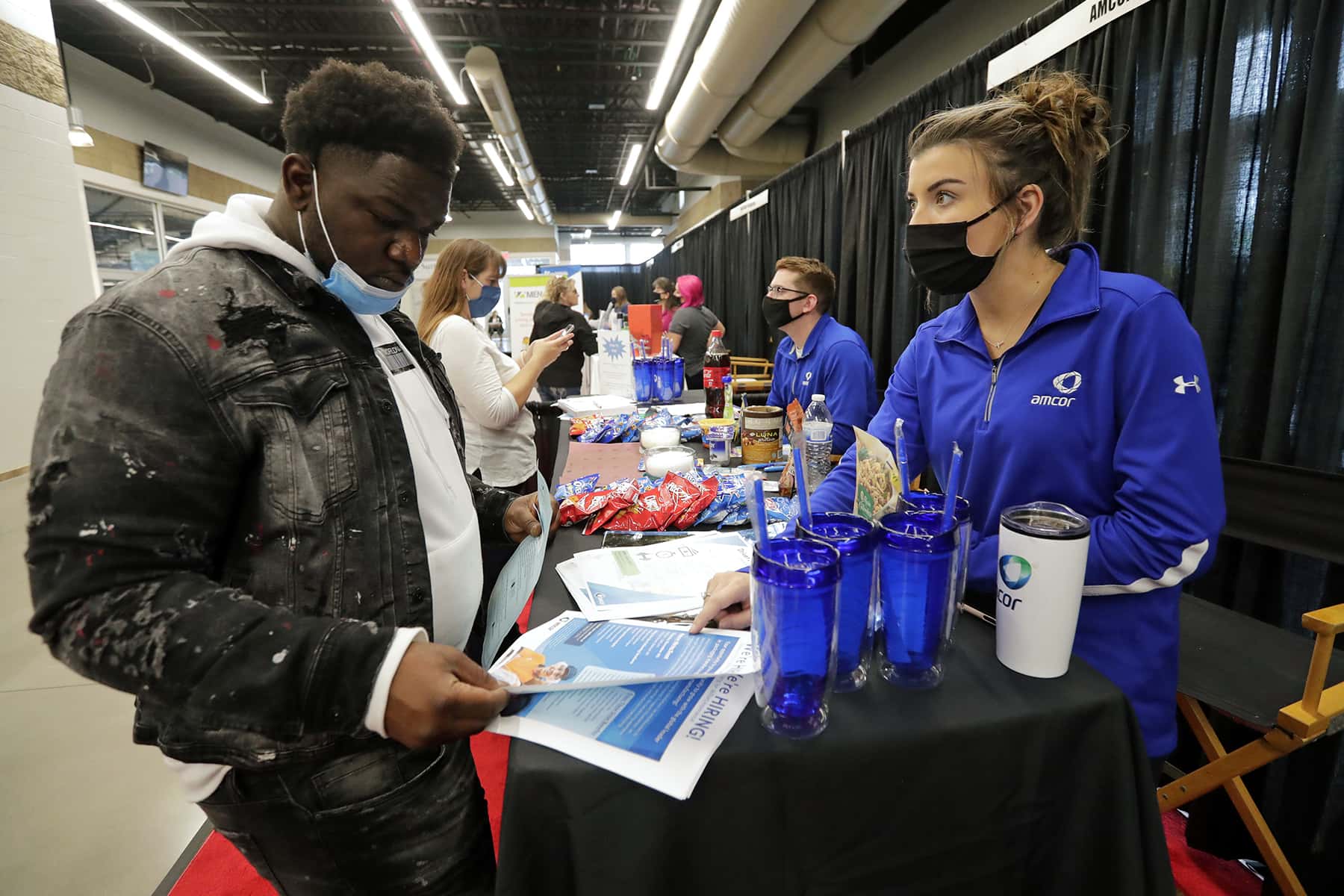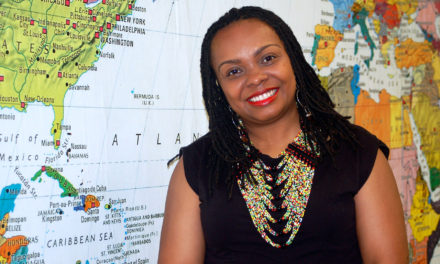
Even as economists celebrated a job market recovery seen from the beginning of the pandemic, when unemployment peaked at 14.8%, to November when unemployment was 4.2%, Black Americans have continued to see a much higher jobless rate.
In November 2021, Black Americans had an unemployment rate of 6.7%, while the unemployment rate for white Americans was 3.5%. The gap is even more pronounced between men: Black men had an unemployment rate of 7.3% in November while white men saw an unemployment rate of 3.4%.
That this disparity has continued over the course of the pandemic is unsurprising to economists who have long paid attention to the racial gap in unemployment numbers.
Valerie Wilson, director of the Economic Policy Institute’s Program on Race, Ethnicity and the Economy, said that occupational segregation has meant that Black Americans were less likely to be able to work remotely amid lockdown orders. Many Black workers were given the choice of keeping jobs where they faced greater risks or deciding that the risk was not worth it.
“The two-to-one [disparity] has still been pretty consistent, and I think that says a lot to just how deeply entrenched those labor market inequalities are,” Willson said.
Black Americans have long faced discrimination in hiring processes. One study from 2017 showed that Black Americans who remove references to their race on their resumes are twice more likely to get interviews. The unemployment rate is even consistent across educational levels, with the unemployment rates of Black Americans who have a high school or bachelor’s degree being twice that of White Americans who hold the same degree.
Though many companies promised to reevaluate their hiring processes and focus on diverse recruitment following the massive protests after the murder of George Floyd in summer 2020, the racial gap in the unemployment rate still managed to stick. Other figures show that little progress has been made: There are just five Black CEOs leading Fortune 500 companies, and Black full-time workers are still making more than 20% less than white full-time workers.
Even the gains that Black Americans have seen in employment numbers come with caveats. In November, the unemployment rate for Black women jumped 2%, from 7% to 5% – the largest decrease for any group. While the number reflects Black women starting jobs, it also reflects tens of thousands of women who left the workforce last month, more than 90,000, according to government figures. Even while moms across the board have faced problems with childcare during the pandemic, research has shown that Black mothers in particular have faced the toughest childcare issues during the pandemic.
Wilson said there are multiple policies that need to be in place to address the unemployment rate gap but noted the complacency policymakers seem to have with the two-to-one disparity between the Black and White unemployment rates.
“Part of the challenge and difficulty in addressing it is that it sort of becomes normalized, like ‘Oh, OK – that’s just how it works’, without us actually sort of questioning and interrogating the way that we understand those disparities,” Wilson said.
Lаurеn Аrаtаnі
Dаn Pоwеrs
Originally published on The Guardian as Black Americans continue to see higher jobless rate despite market recovery
Help deliver the independent journalism that the world needs, make a contribution of support to The Guardian.














